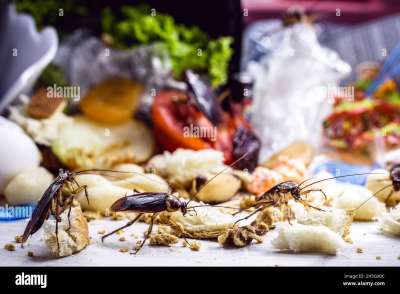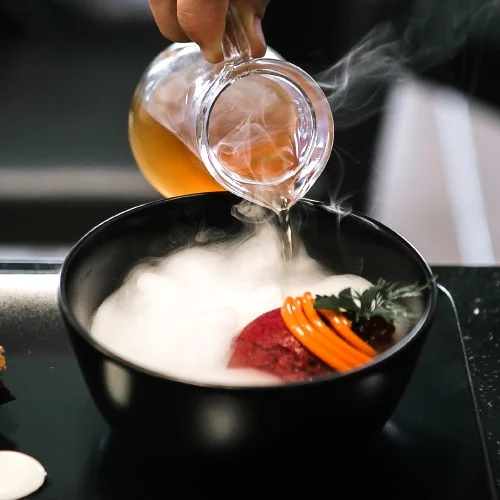When food waste piles up, who are you gonna call?

Food is one of the biggest components of garbage produced by humans. Decomposing food emits methane, a gas that contributes hugely to global warming.
One might think that food thrown away by people can be fed to livestock. However, it is shunned by farmers, because it was found to cause infection in animals.
China has found a solution. Cockroach farms! Before you go "Ugh!" consider this: almost a billion cockroaches live in a plant run by Shandong Qiaobin Agricultural Technology Company in Jinan. They munch their way through 45 metric tons of food scraps in a day, waste that would otherwise have gone to a landfill.
Food collected from restaurants is cleaned of stray plastic, glass or metal pieces and ground into a mushy paste. The paste is piped into the cockroaches living quarters, which are kept dark, damp and warm. The insects flourish on the perpetual garbage buffet.
Dead roaches, a good source of protein, are crushed into food for farm animals such as pigs. Dried roach powder is also widely used in Chinese medicine, in skin creams to treat bums and to cure gastric problems.
In fact, the biggest farm in China breeds 6 billion adult cockroaches annually. Seven years ago, the farm in Sichuan was vandalised and a million roaches escaped and ran riot in the streets, sending people scurrying for cover. Now you can go "Ugh!"
Picture Credit : Google
